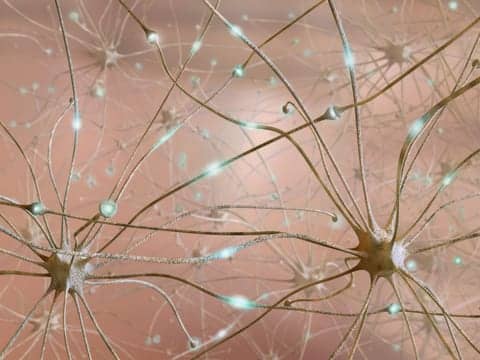Researchers have identified two types of neurons that enable the spinal cord to control skilled forelimb movement, and the findings may be important steps toward understanding normal human motor function and possibly treating movement disorders that arise from disease or injury. The first group of neurons identified is excitatory interneurons that are needed to make accurate and precise movements, and the second is a group of inhibitory interneurons necessary for achieving smooth movement of the limbs. The research team of Columbia University Medical Center (CUMC) conducted the research in collaboration with Bror Alstermark, PhD.
The research team developed a genetic method for accessing and eliminating propriospinal neurons (PNs) in mice, abolishing both motor-directed and copy signals sent by the neurons, as indicated on the CUMC news release. The researchers quantified the limb movements of the PN-deprived mice in three dimensions as they reached for food pellets, finding that the mice’s ability to reach for the target accurately was severely compromised. This indicates that the PN copy pathway is capable of influencing the outcome of goal-directed reaching movements.
In a second study, CUMC researchers examined how spinal circuits regulate sensory feedback from muscles to control movement. The research team identified a way to access one subset of GABAergic interneurons, which are thought to regulate movement genetically in mice, and then devised approaches to manipulate their function in a selective manner. The CUMC news release notes that without sensory feedback regulation, forelimb movements were dominated by severe oscillatory tremors that greatly diminished motor accuracy.
This finding shows that presynaptic inhibitory neurons are critical for the smooth execution for movement. Thomas M. Jessell, PhD, of Columbia, says, “These two studies shed new light on how discrete classes of spinal interneurons empower the nervous system to direct motor behaviors in ways that match the particular task at hand.”
[Source: Columbia University Medical Center]





